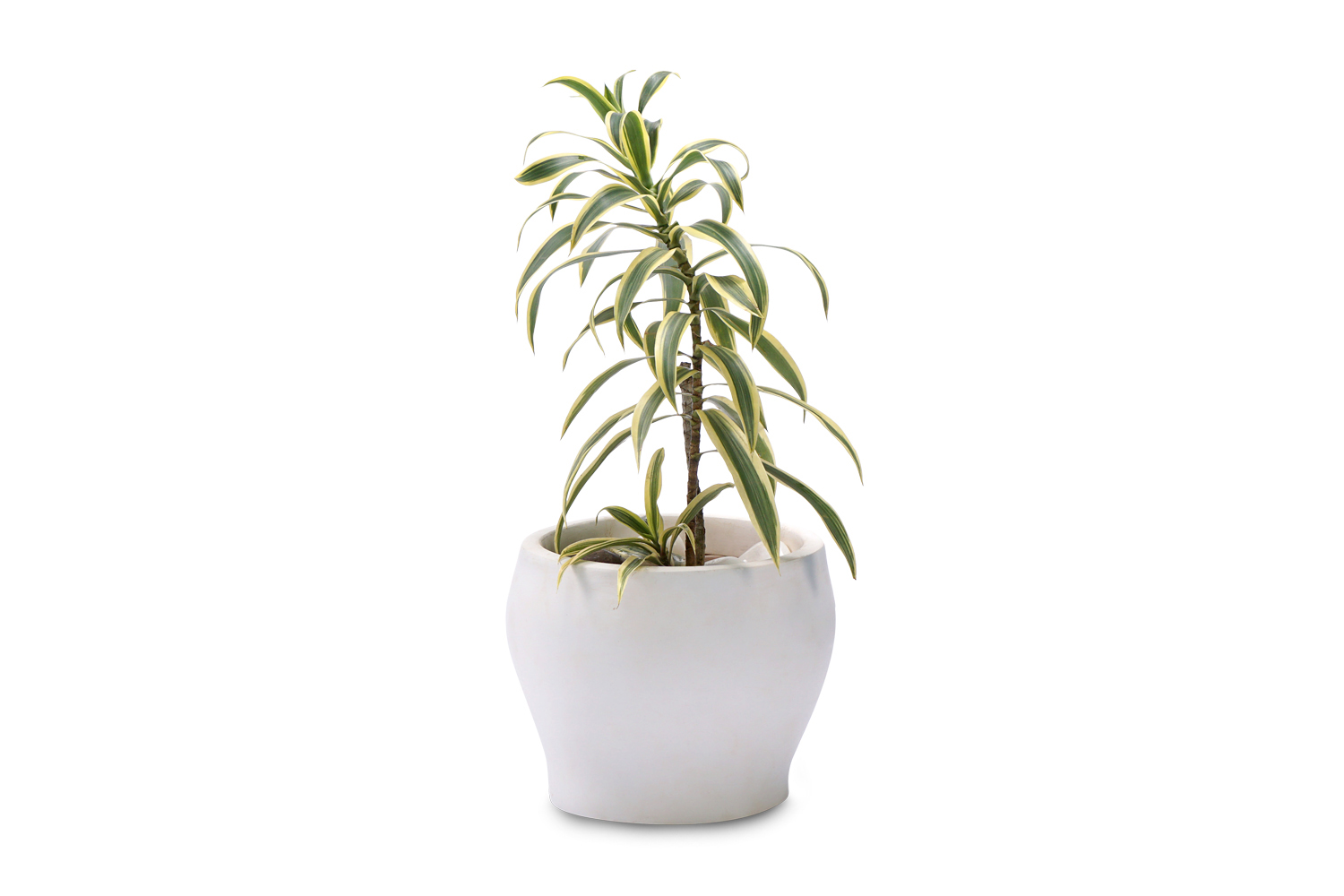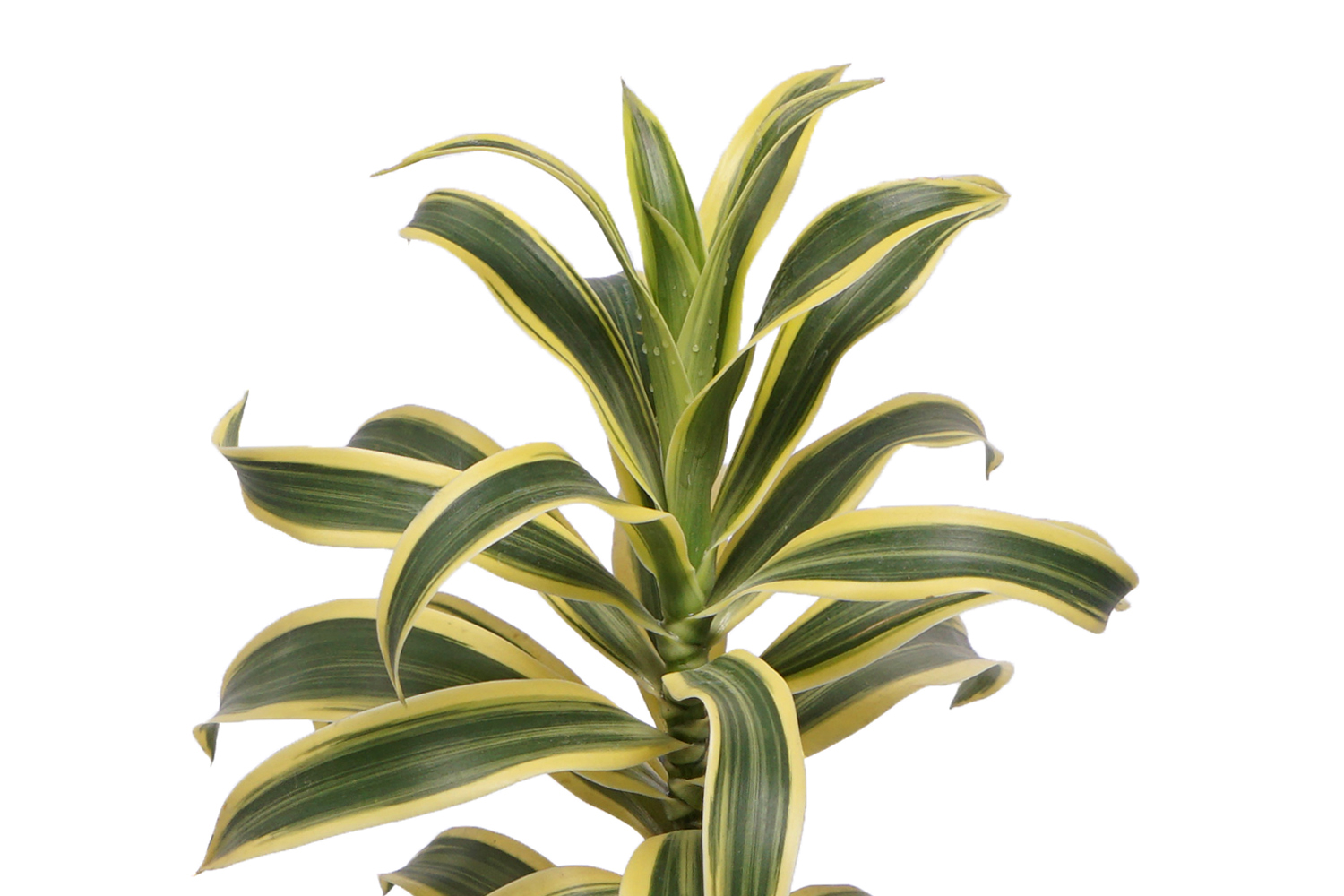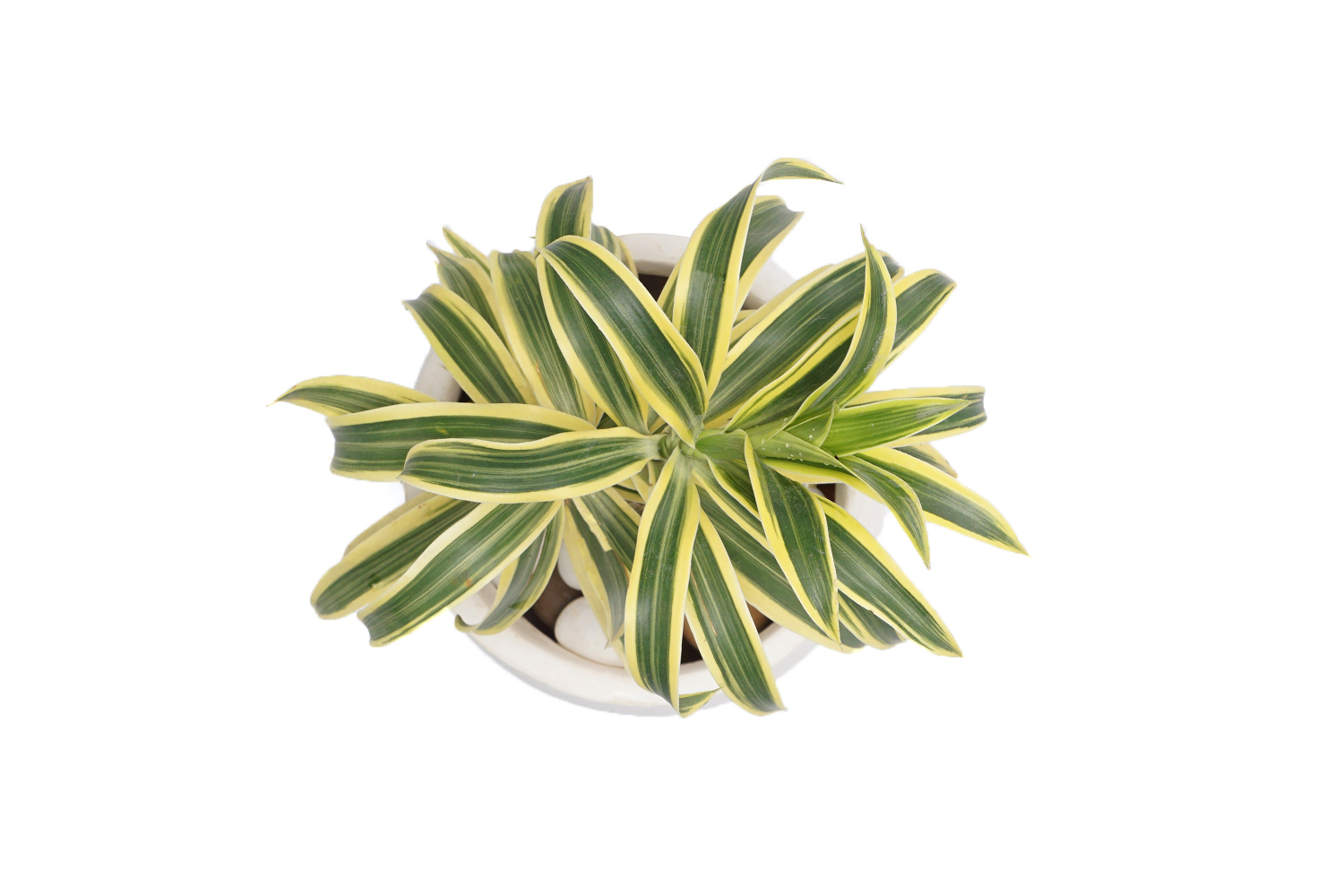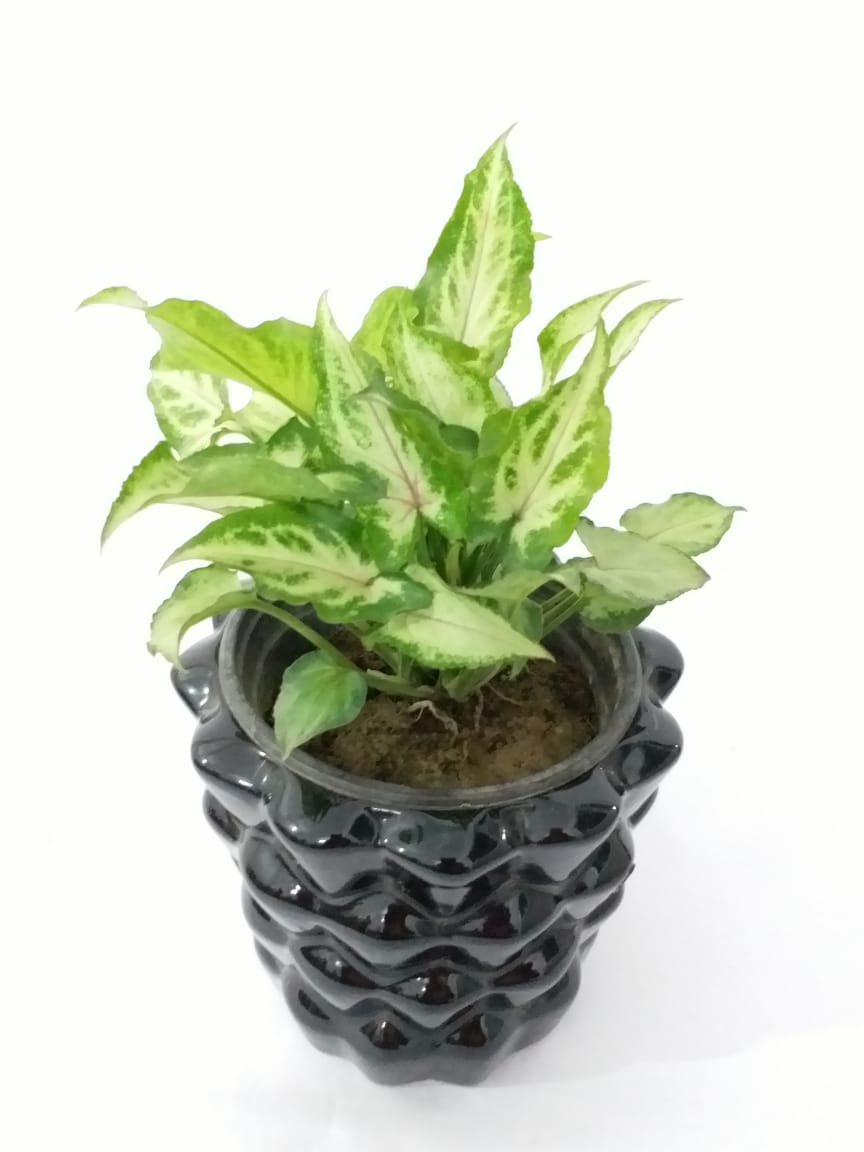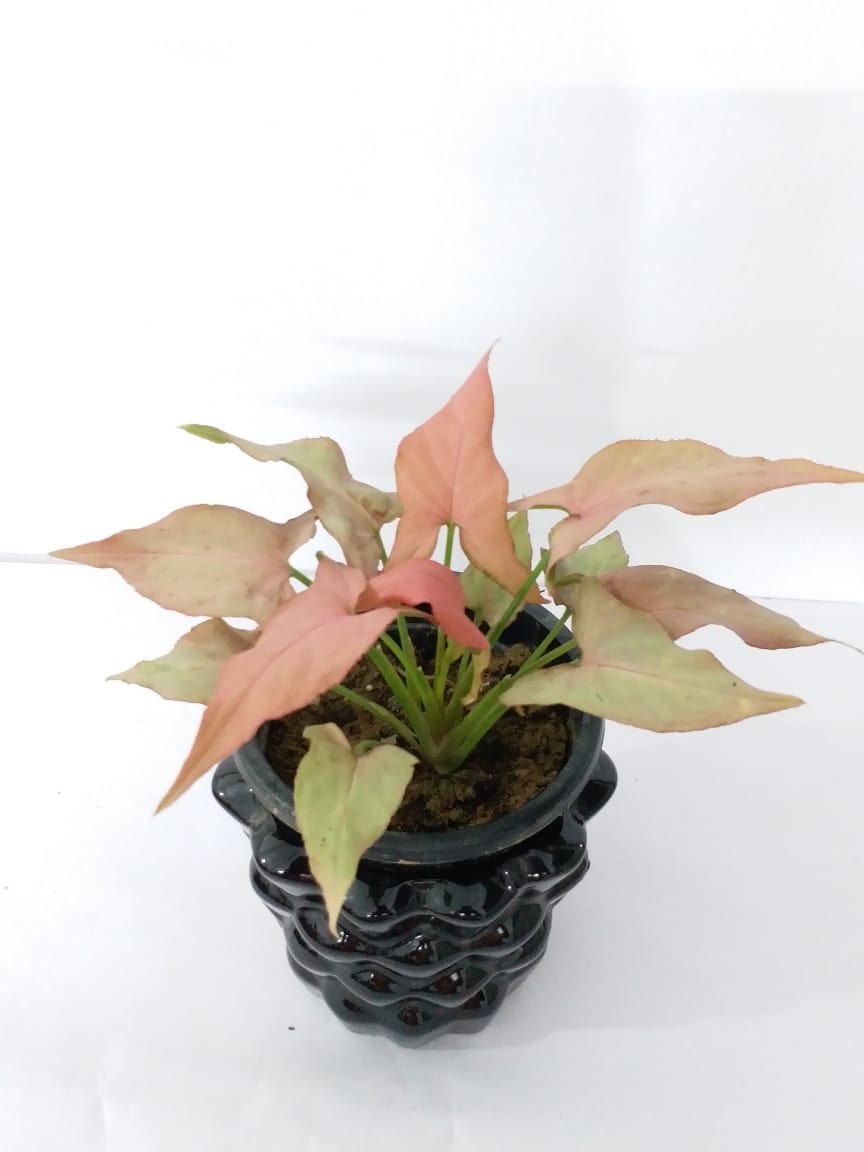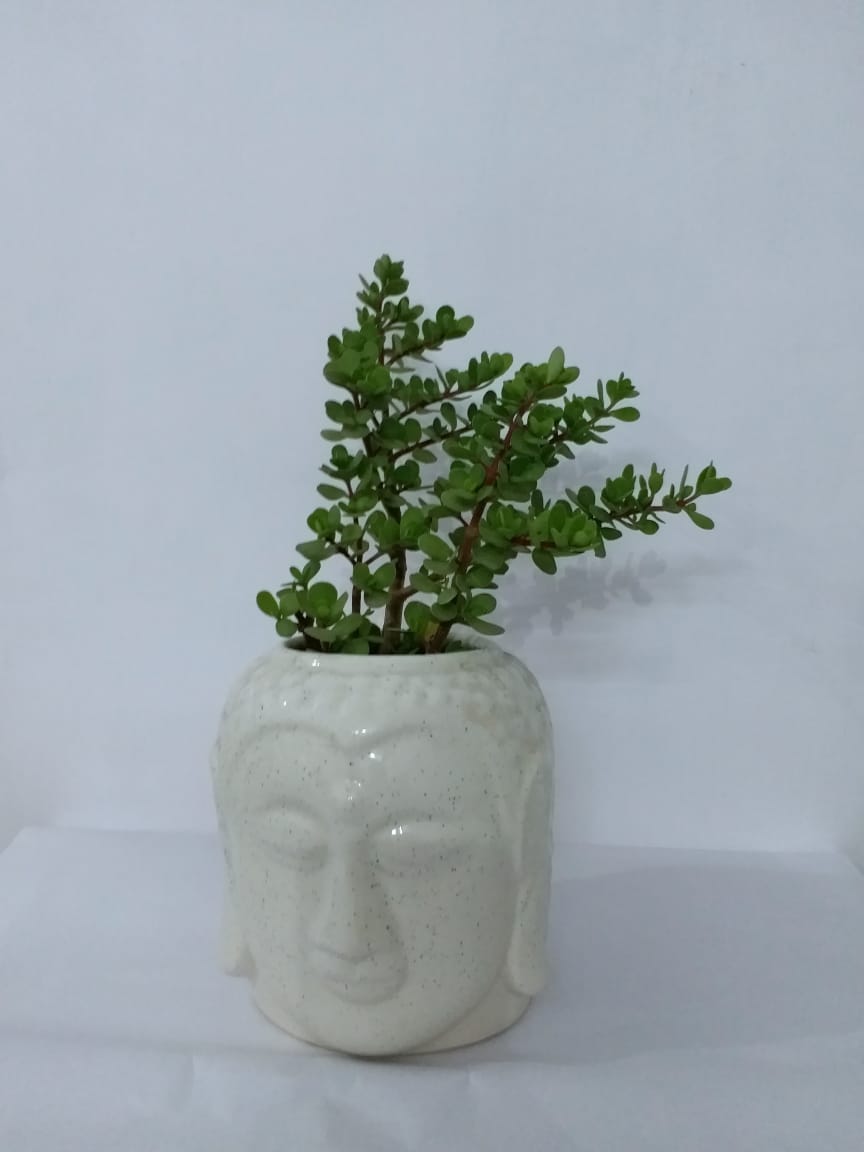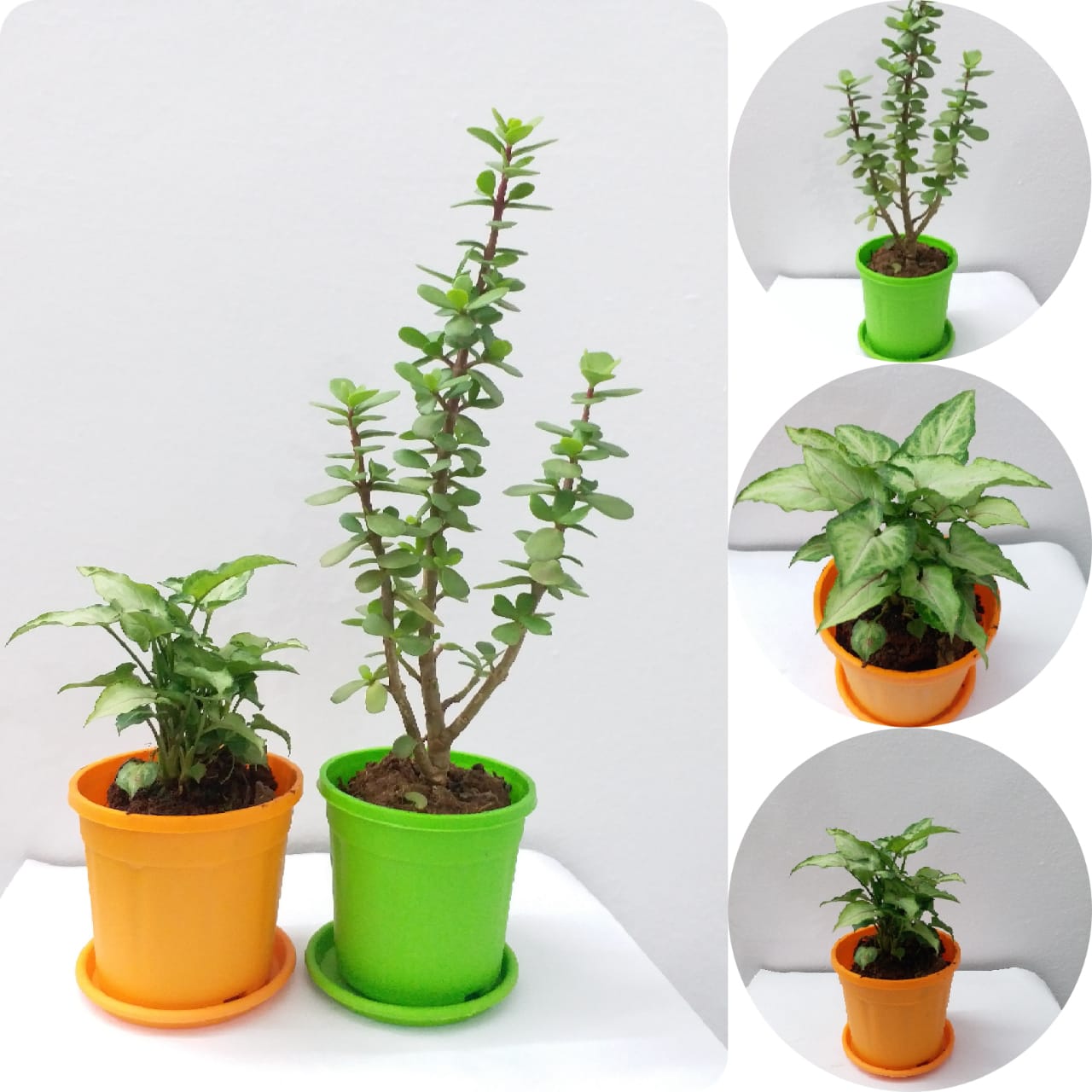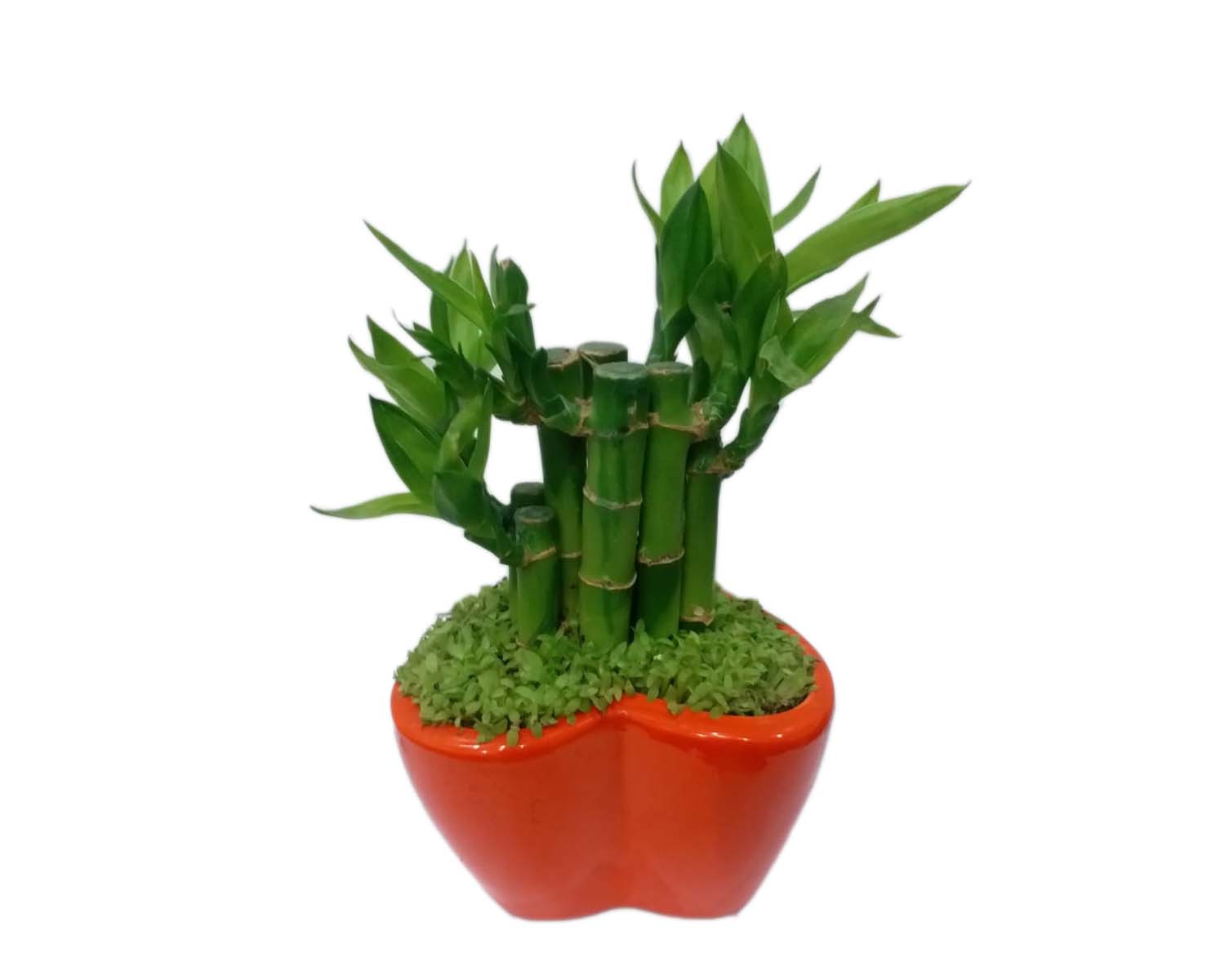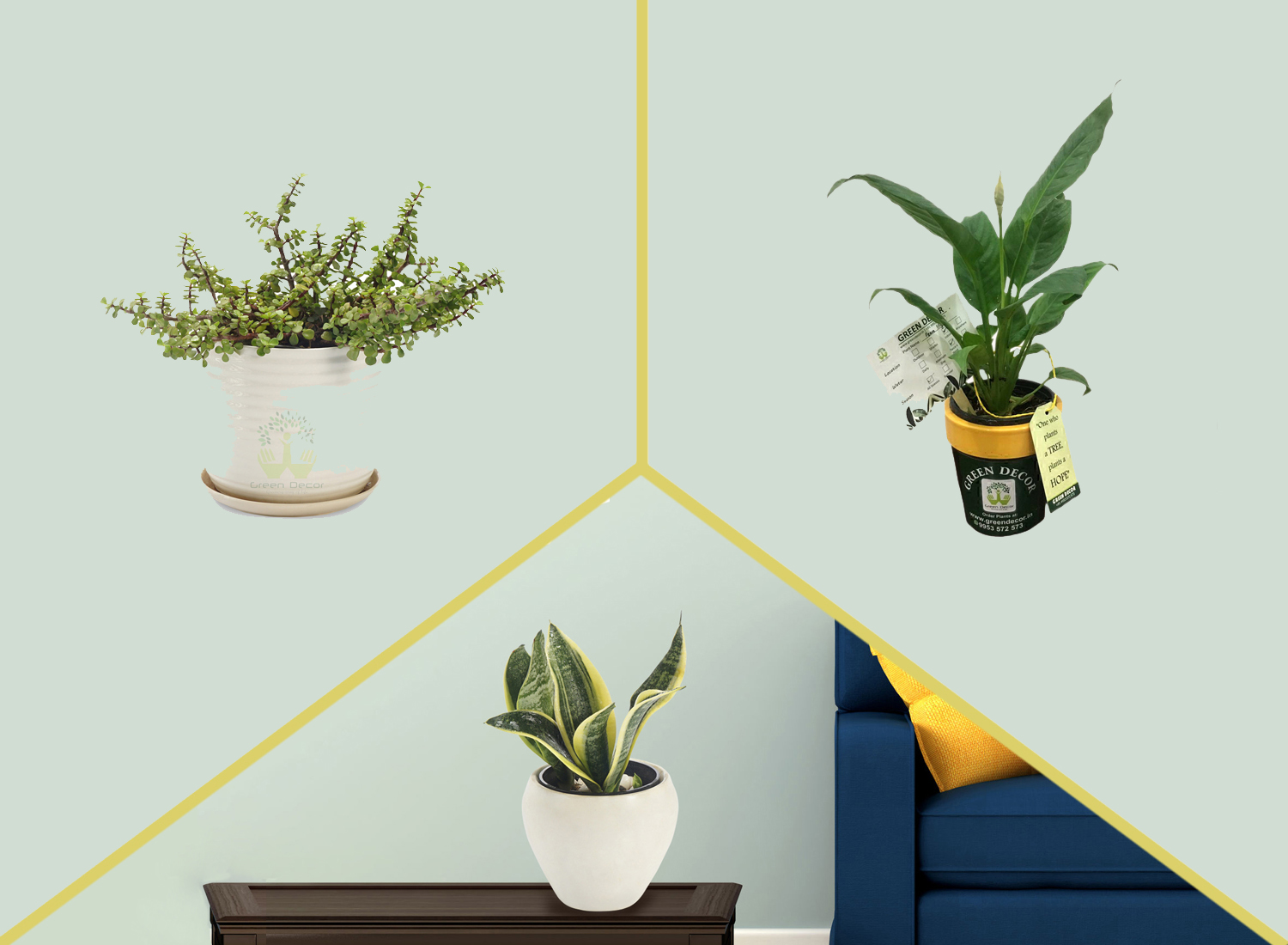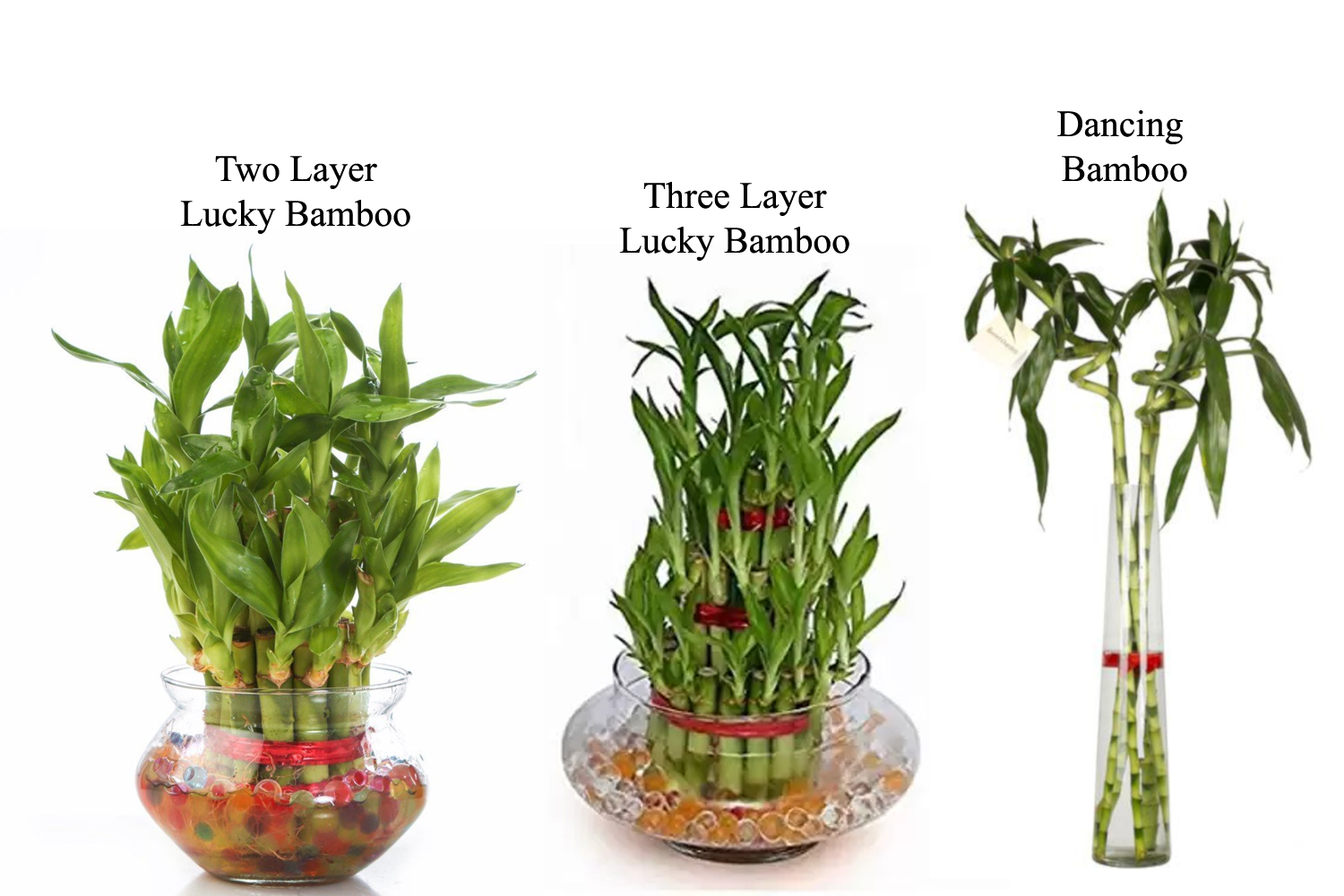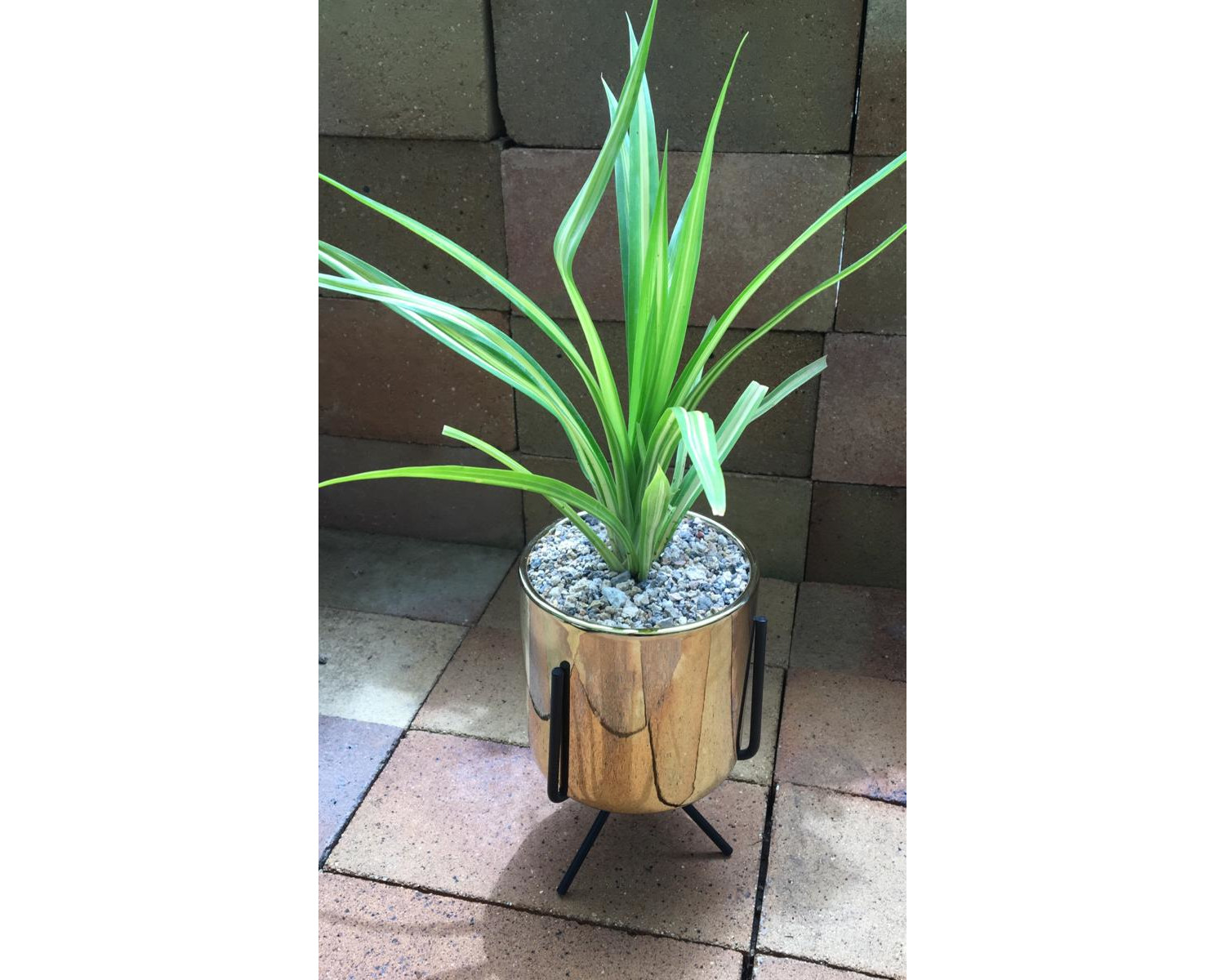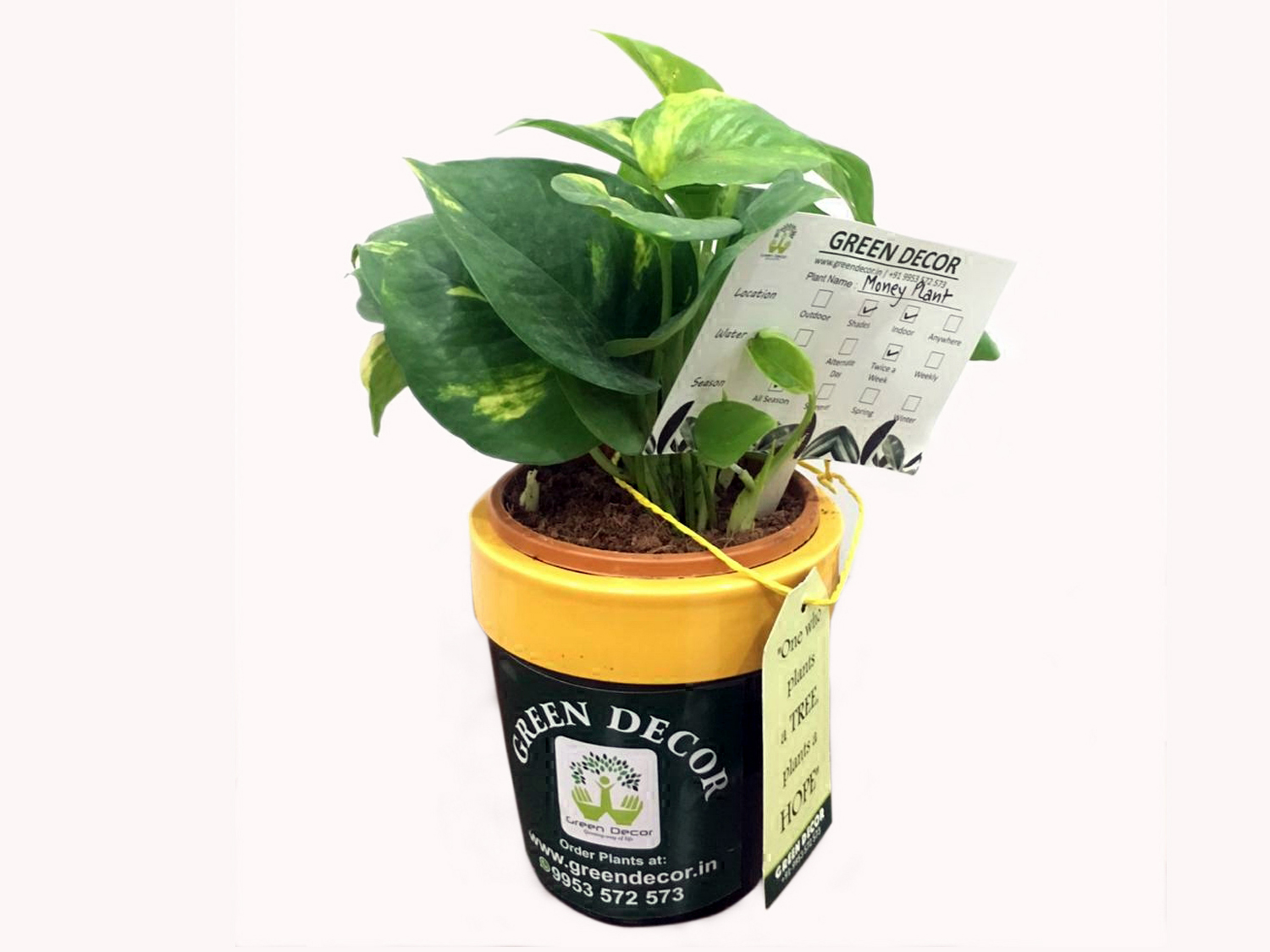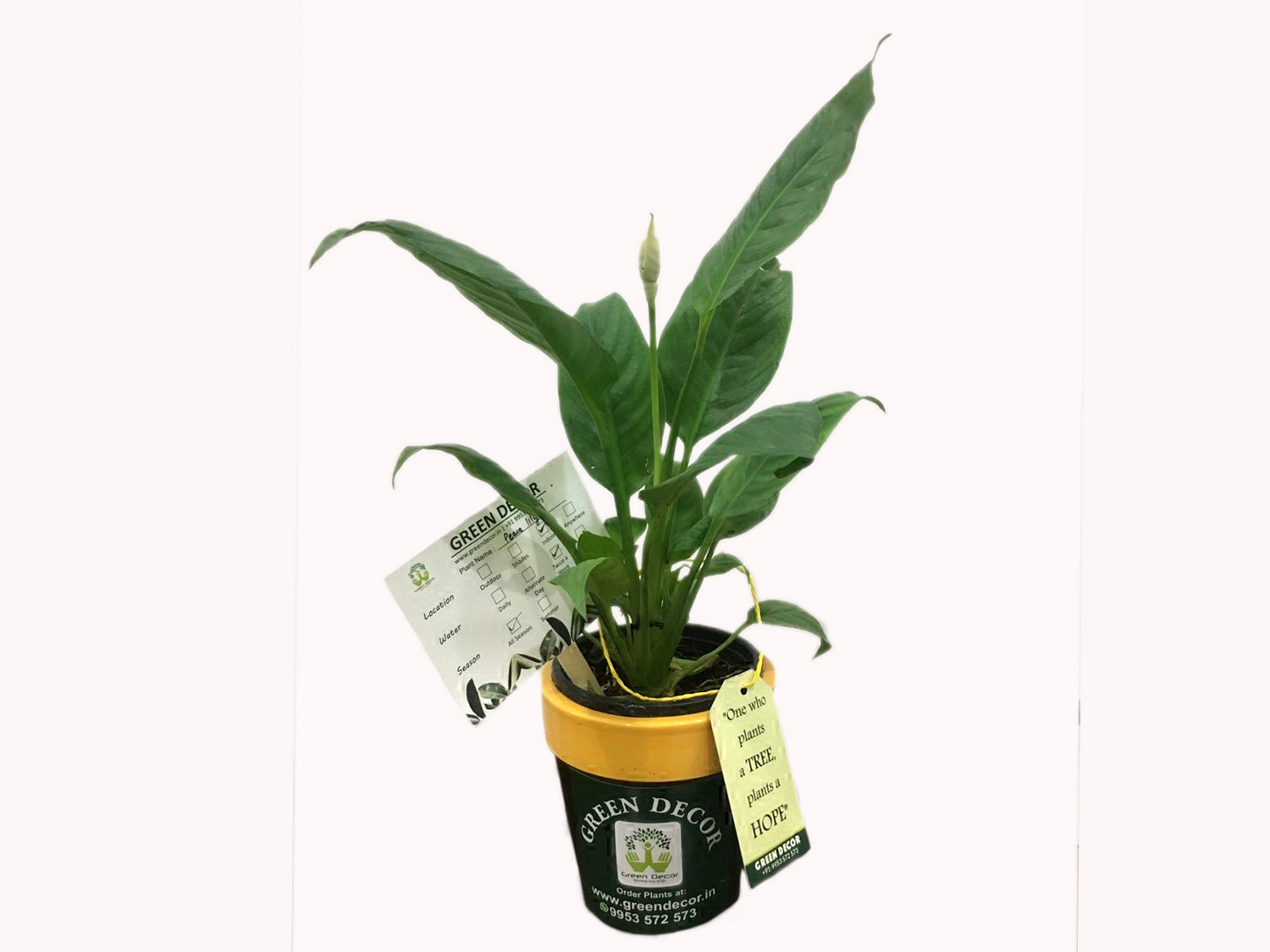Dracaena - Song of India
360
Maintenance Level
Low
Placements
Outdoor-Sunny or Indoor
Toxic
YES
Fragrance
None
Seasons
All Weather
Plant Height
20" to 50"
Water Frequency
Winter
Twice Week
Summer
Daily
Fertilizer Frequency
Winter
2-3 Month
Summer
2-3 Month
- About Dracaena -..
- How To Grow Dracaena -..
- Benefits of Dracaena -..
- Maintenance Tips
- Shipping Info
This hardy decorative houseplant, formerly called Pleomele reflexa, is native to Madigascar, Mauritius, and other islands of the Indian Ocean. The leaves have parallel, lengthwise veins and are solid green or variegated with yellow and cream, glossy, leathery, flexible, lanceolate in shape, smooth-edged, and spirally arranged along the branches. The branches are silvery brown in color and covered with leaf base scars from the fallen leaves. The variegated form has arching branches and an irregular growth habit.
In Hawaii, variegated Song of India is a popular landscaping plant for tropical gardens. The plants are propagated by stem cuttings. The leaves and leafy twigs can be used in tropical flower arrangements.
Soil Need
Organic Soil, Potting Soil Mix
Fertilizer (type)
All Purpose Fertlizer
Growth Pattern
Slow
Pruning
4-5 Month
Re-Potting
Every 16-17 Month
Process :
1. The University of Arizona classifies this plant as requiring medium light. That means it needs light, but cannot tolerate direct sunlight.
2. Change the soil in the pot of your purchased plant if it isn't well-draining organic soil.
3. Fill a small bucket with tap water and let it sit out for a period of 24 hours to let the fluoride evaporate.
4. Mist your plant once per day with a spray bottle that has been filled with water. This is necessary because corn plants require a humid environment.
5. Apply a fertilizer every three months to the soil surrounding the corn plant.
1. Ornamental Purpose
Do's
1. Distilled water can be used instead of tap water.
2. The planting hole needs to be at least twice as big as the plant bale.
Don'ts
1. Avoid water-logging.
2. Do not let the root bale dry out.
